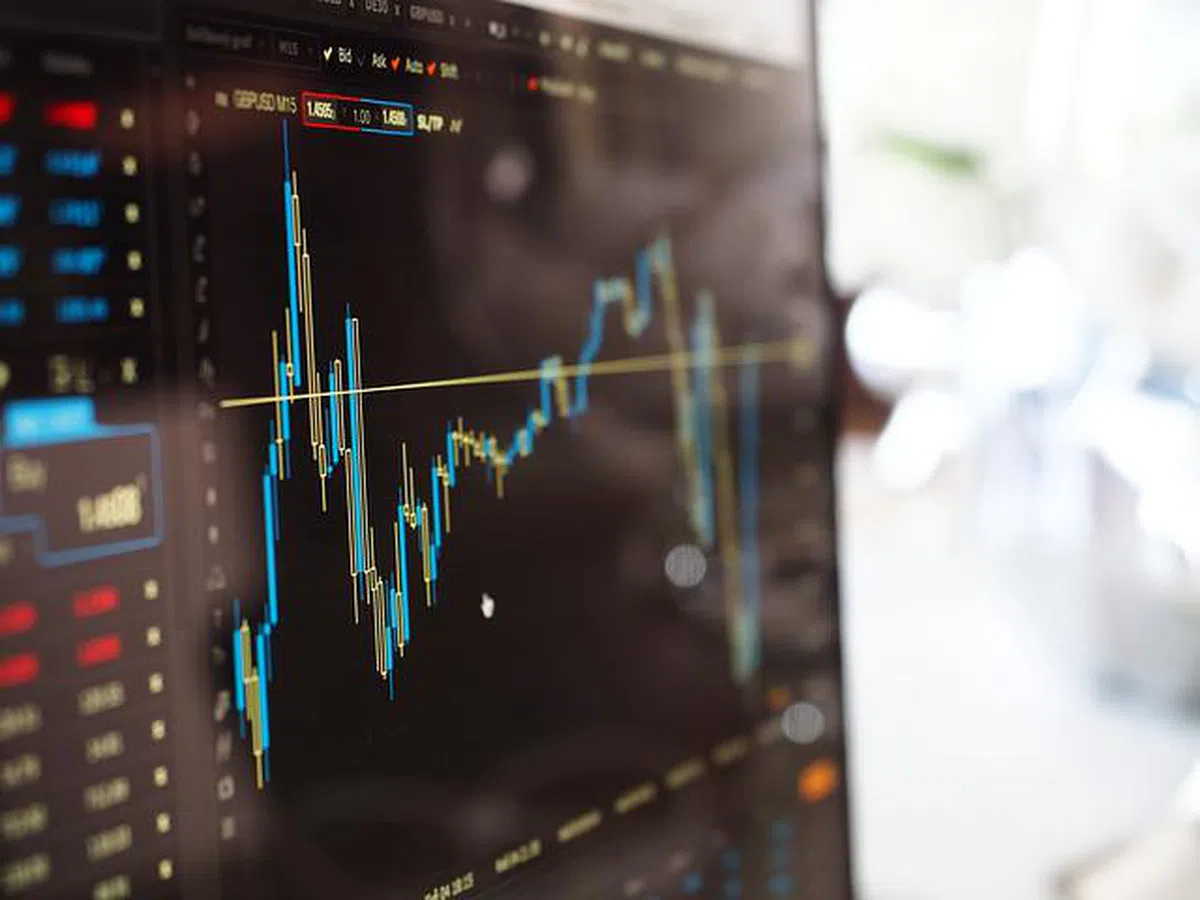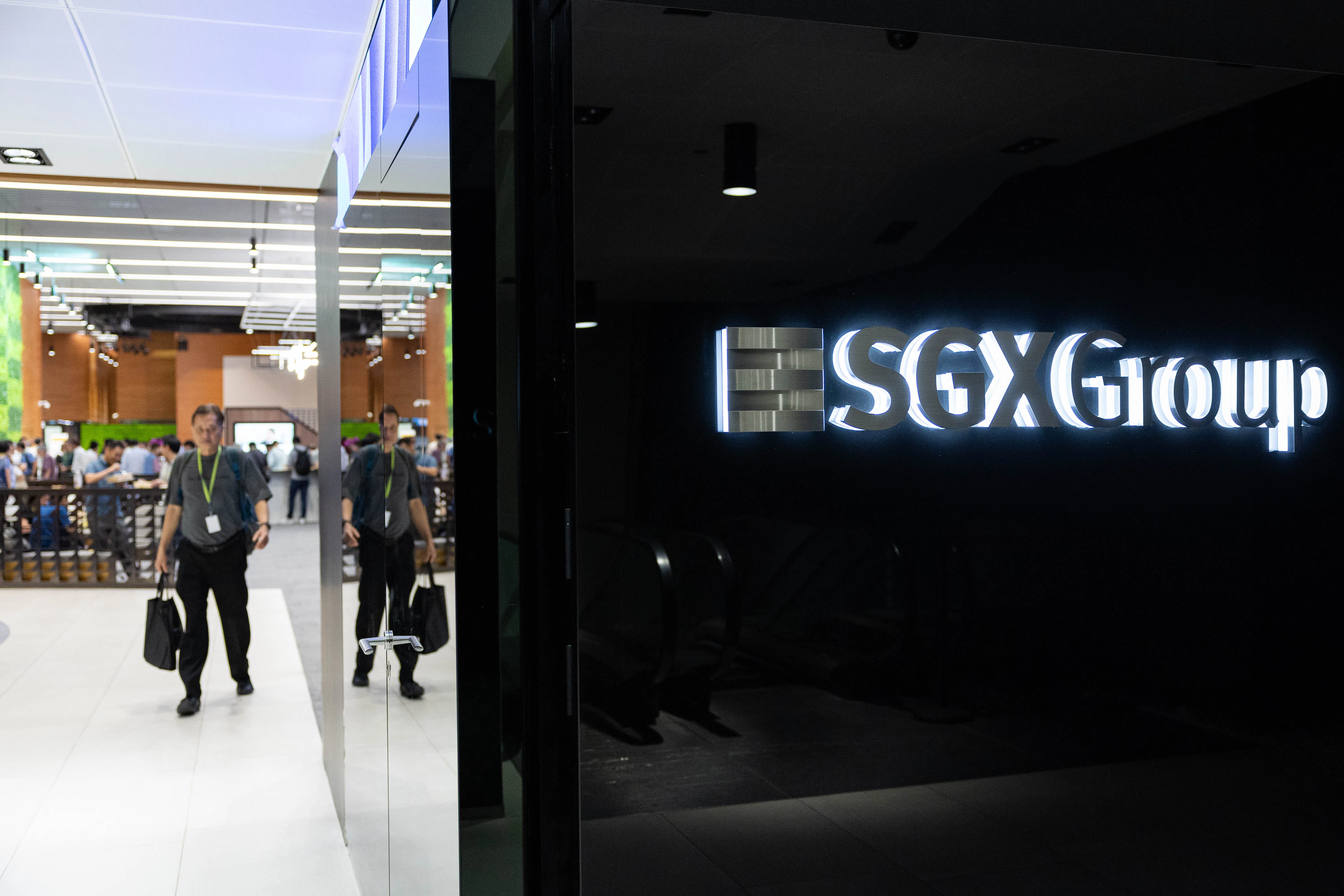PINEBRIDGE Investments and JPMorgan Asset Management are sticking with bullish bets for Asian junk-rated bonds given elevated yields and a supportive economic outlook, looking beyond stresses in the Chinese property sector.
Dragged down largely by refinancing concerns for Hong Kong builder New World Development and onshore Chinese developers including China Vanke, a Bloomberg index of Asian speculative-grade debt lost 0.5 per cent so far this year after posting a 15 per cent gain in 2024, its best performance in 12 years. The Asian notes are diverging with US and global peers, with indexes for both showing a gain of about 1.2 per cent so far in 2025.
Still, PineBridge is expecting the Asian market for riskier bonds to turn in a high single-digit return by year-end, with yields around 10 per cent and estimating defaults to decline this year. Backing that view, junk bonds outside the Chinese property sector are broadly holding up, with eight of 10 sectors in a Bloomberg Asian high-yield index – including utilities and basic materials – returning gains so far this year.
The sanguine outlook underscores junk bond investors’ confidence in the region, enticed by premiums higher than those of other global spots. But the middling start for the sector this year is also a reminder that investors will have to tiptoe around still weak property sales in the world’s second-largest economy and uncertainties tied to US tariffs under President Donald Trump.
“The companies in the region have fairly healthy balance sheets and are able to withstand any mild deterioration in the macro backdrop,” said PineBridge’s co-head of Asia fixed income Andy Suen.
The Asian bonds have a shorter average maturity compared with US peers, making them less sensitive to interest rate moves, he added. The average duration of the junk bonds, an indication of price sensitivity to rate moves, from Asia is 2.65 years compared with 3.02 years for US peers, Bloomberg indexes show.
BT in your inbox
Start and end each day with the latest news stories and analyses delivered straight to your inbox.
“Given that China’s real estate no longer makes up a significant portion of the investible universe and is largely priced for a negative scenario, we believe that Asia high yield will still offer decent returns for the full year 2025, despite the challenges in that sector,” said Julio Callegari, Asia fixed-income chief investment officer at JPMorgan Asset Management. A “reasonable” economic outlook for Asia is also favourable for the asset class, he said.
The direct impact from potential US tariffs on Asian high-yield borrowers is likely to be limited given their minimal exposure to the US market, but may move interest-rate or currency markets more, according to PineBridge’s Suen.
Government bonds from Pakistan and Sri Lanka – which are included in Bloomberg’s high-yield bond index – have both made more than 2.5 per cent so far in 2025. Corporate debt of borrowers from Macau, Indonesia and India also have returned at least 0.5 per cent each on average, Bloomberg-compiled data show.
Bonds of Indian renewable energy firms, Macau casinos and contingent convertible debt from banks in some Asian countries are attractive, JPMorgan Asset’s Callegari said.
“Excluding real estate, we remain of the view that Asia high yield is a compelling story versus US high yield,” he said. BLOOMBERG






